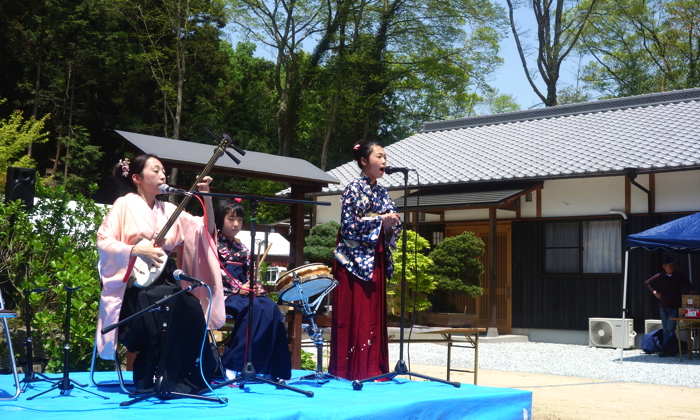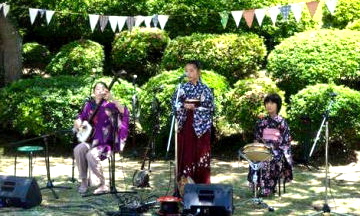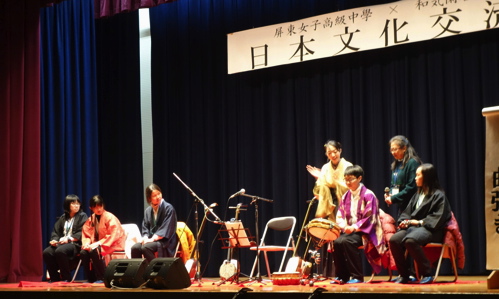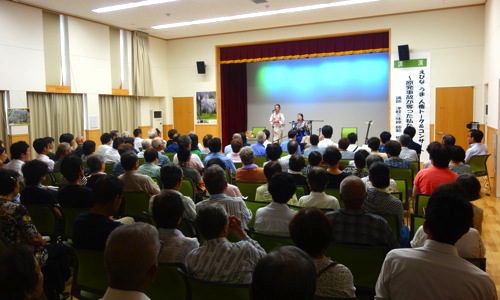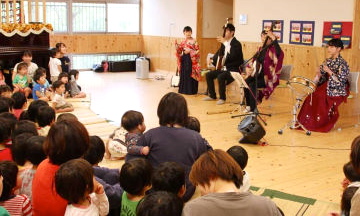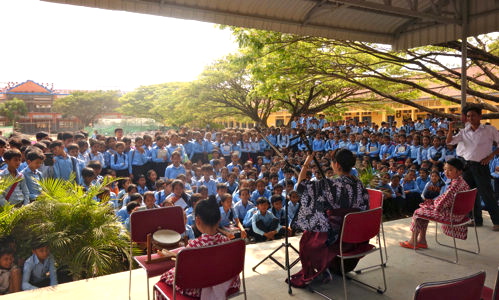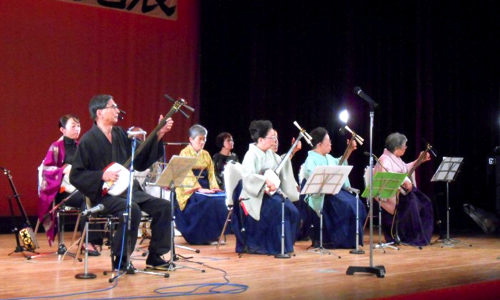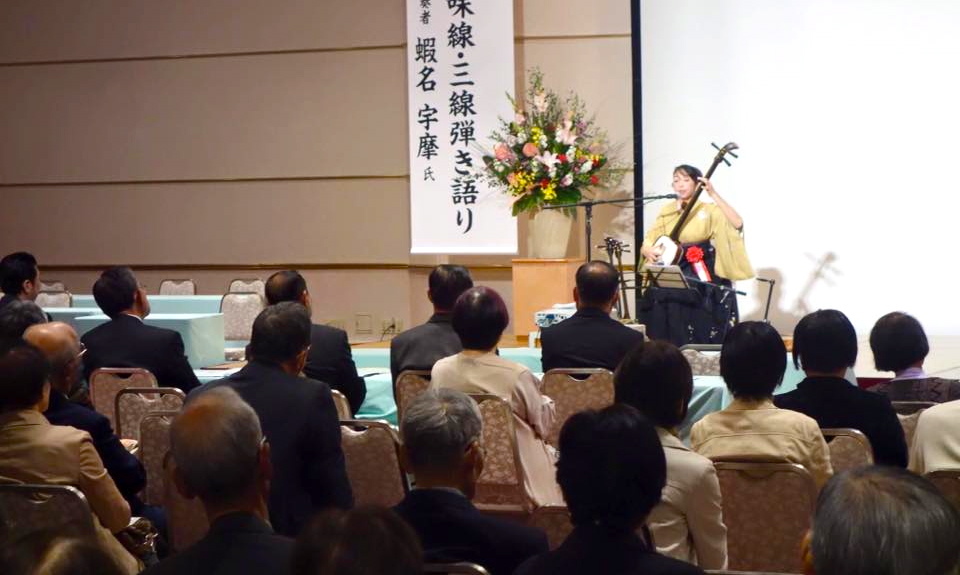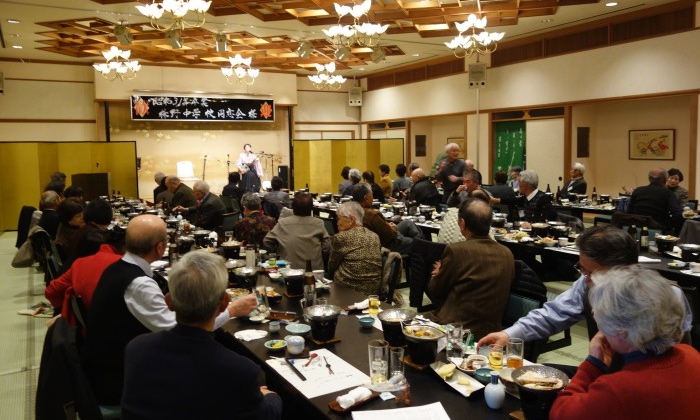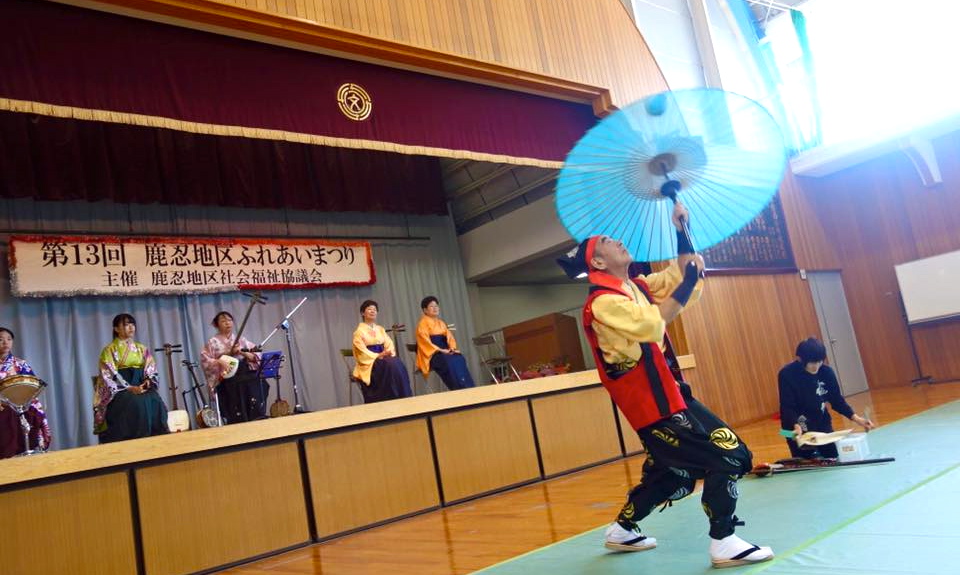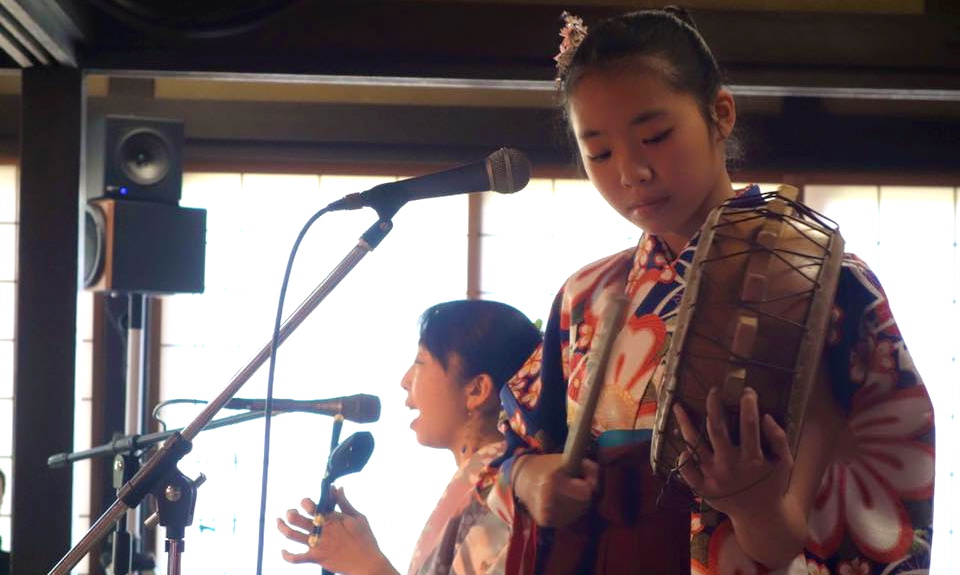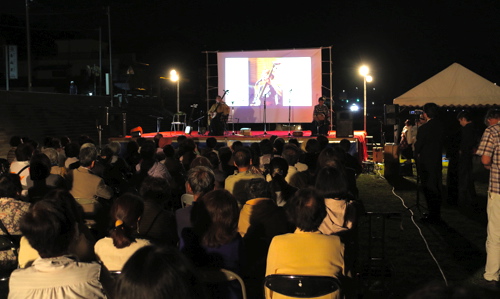PROFILE![]()
Uma Ebina (蝦名宇摩)
Her father was a painter and a pioneer of the hippie movement in Japan. She was born and raised in the commune of Amami Oshima. When she was young, she dropped out of elementary school, and traveled around Japan and earned her travel expenses by dancing on the street.
She left her hometown at the age of 15 and began to learn the traditional arts of Japanese drums “Chichibu yatai bayashi”. When she was 16 years old, she was strongly attracted by the beauty and the intensity of the sound of Tsugaru shamisen, and became a disciple of Banshu Ebina who is a master of it. During her training period of more than 20 years, she acquired the skills of Tsugaru shamisen, Shakuhachi, Singing, Folk drum and Shima Uta which is a unique group of folk song pass down in Amami Oshima, her hometown.
In March 2011, the accident at the Fukushima nuclear plant caused radioactive material to scatter over a wide area. She feared its influence, evacuated and migrated with her two daughters from Saitama to Okayama prefecture. Recently, she has been performing at the events, while opening a folk song classroom in her house. Also, concerned about the health condition of children in Fukushima, she performs the recreation camp in Okayama every summer since 2012
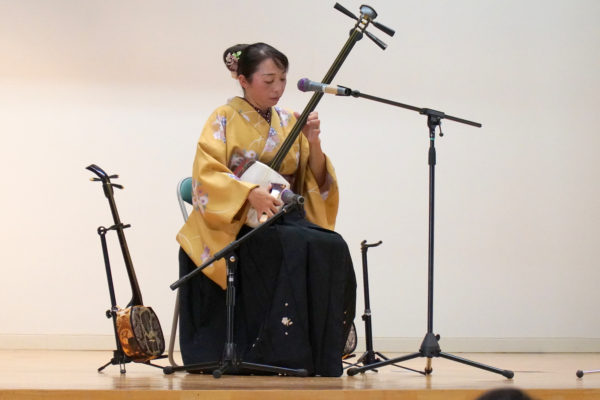
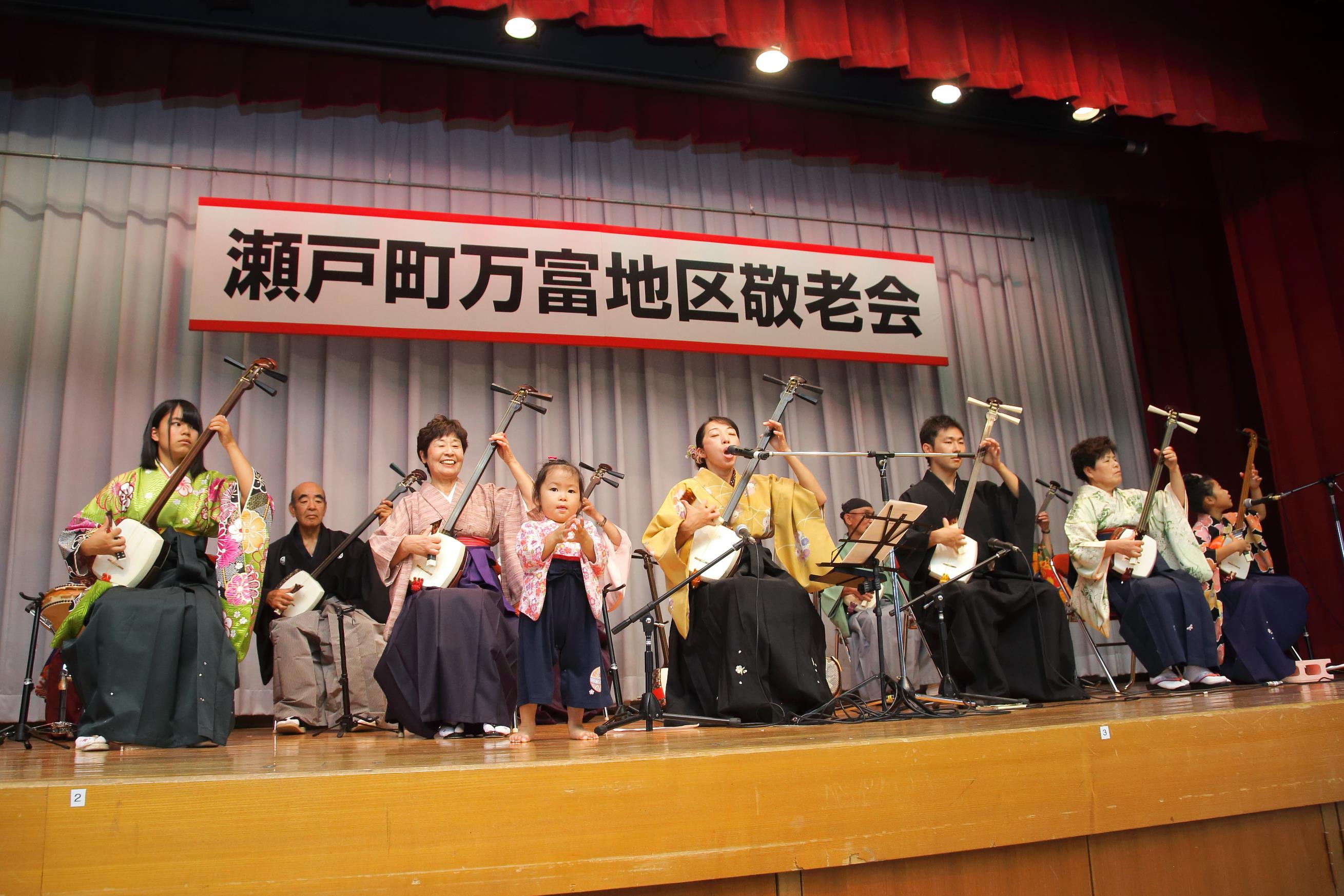
TRADEMARK![]()
has a prominent Tsugaru-shamisen technique
can play various Japanese music instruments
Sanshin ・ Shakuhachi ・Amami Shimauta – Sing
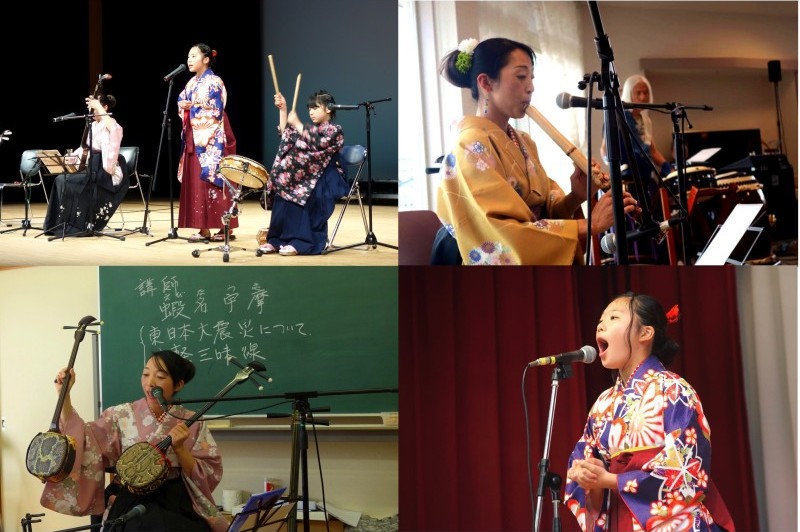
– Family Live 2019 –
– Tsugaru shamisen solo with Japanese drum 2019 –
– Sanshin with dance 2016 –
Introduction of Music Instruments![]()
The traditional instrument representing Japan, Tsugaru shamisen. It has supported Japanese traditional culture for a long time from musical side. And on the other side, it has also supported the performance of the strolling entertainers abandoned by the public. A player creates various tones by a fine fingering and makes percussive sounds by beating the body of the instrument with a plectrum. The three strings are full of Japanese musical sensibility.
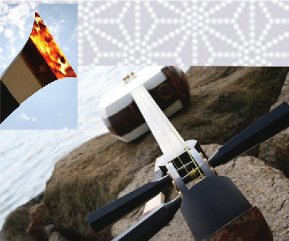
Shakuhachi is a woodwind instrument made of bamboo. Though it has a simple structure with removing nodes and five holes, it can produce a range of 3 octaves. Also the sound of nature such as the wind and the chirping of birds have been taken into the expression since earliest times. Until modern times it was used as a ritual implement of Buddhism. And a Buddhist group regarded the blowing of shakuhachi as a part of the training to attain spiritual enlightenment as well as Zen meditation.
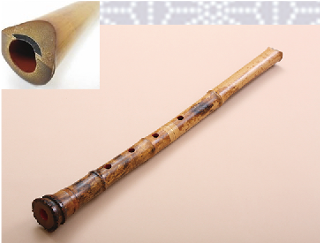
This instrument is used in singing folk songs in Amami Oshima (called Shima Uta) located in the South Seas of Japan. In this Album, this song is HONEN bushi (track 4). Shima Uta has developed uniquely because it is far away from the mainland of Japan, over the sea. The features are the frequent use of distinctive falsetto and the singing with a Sanshin. Sanshin originated from sānxiàn in China, as well as Shamisen. Although Shamisen culture got out of use in Japan, Sanshin is necessary in people’s life in Amami Oshima even now.
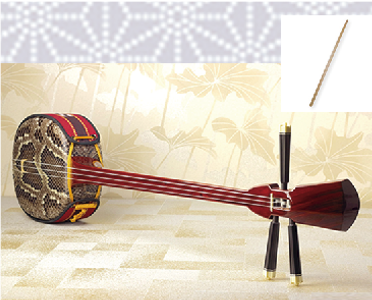
First album ‘RINKAKU (輪郭)’
PURCHASE
Contact![]()
![]()

